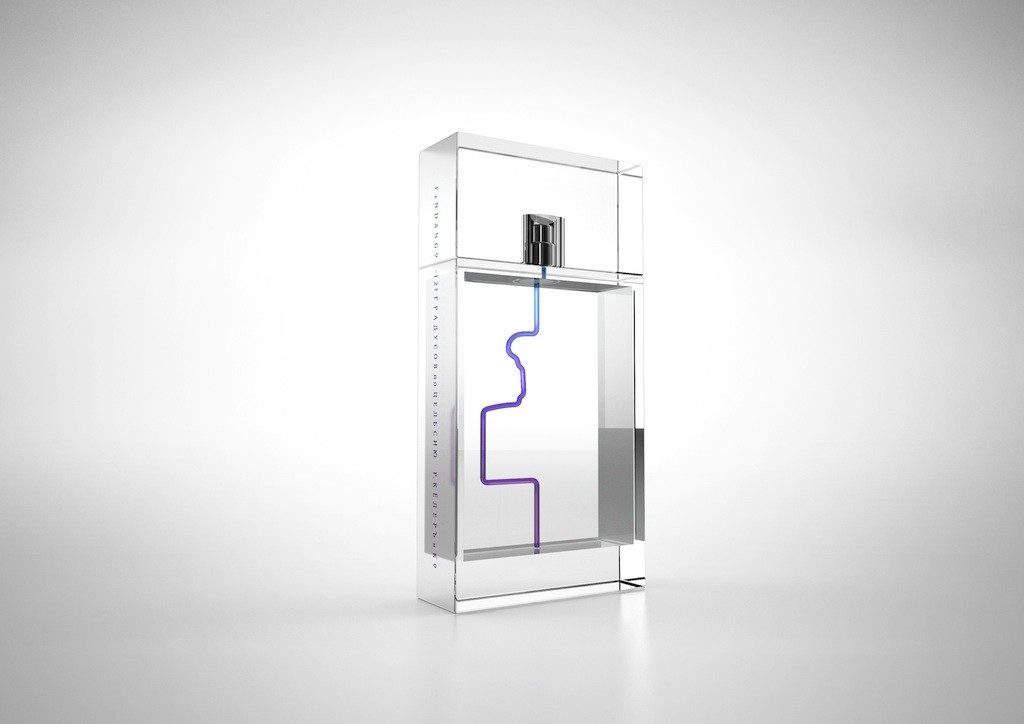Orto Botanico, Milan
within “Energy for Creativity”
13 April – 24 May 2015
BE OPEN, the international foundation created by entrepreneur and philanthropist Elena Baturina which operates in the field of design and creativity, has chosen the Botanical Garden of Brera as the amazing background of a sophisticated interdisciplinary project whose central theme is perfume.
The Garden of Wonders. A Journey Through Scents will be presented on the occasion of EXPO 2015 in May, with a special preview during the Milan Design Week in April, due to the aesthetic and philosophical features this products embodies.
BE OPEN decided to explore the world of fragrances by especially focusing on some historic brands which have disappeared, international excellences whose fame has decreased over the years because of a sometimes-too-aggressive global market. The exhibition is the second stop of the global project “Made in…”, BE OPEN’s investigative tour on the virtuous relationship between contemporary design and the excellence of small producers at the four corners of the earth. The research on perfume focuses on the heritage of values of small business realities, communities which have been able to pass on traditions, expertise and relationships over the years.
The foundation has invited 8 designers to reinterpret the history and features of 8 defuncts perfume brands according to their sensitivity: they will act as Art Directors in order to show that design can become a strong point for small entities requiring a new commercial life to meet the challenges of the contemporary global market.
Among them Front and Nendo have respectively worked on French brand Guyla and Russian perfume houseKoehler & Co.
Nendo faced the challenge of reinterpret Russian brand Koehler&Co. about which not much information was available. The Japanese design practice took its inspiration from one of the company’s most famous fragrances called Fandango.
“We decided to determine the outline of the perfume bottle and express its silhouette with the tube inside.The tubes come in two types, one is a gradation of cold colours and the other is a gradation of warm colours” saysOki Sato.
“The perfume bottles are respectively named Fandango -12.3 ºCand Fandango +23.1 ºC, to suggest the average temperatures of the winters and summers in Moscow where Koehler used to be. These two colours of the temperatures also represent the cool, fresh scent of the winters and the warm, passionate scent of the summers”.
Swedish design trio Front got the inspiration from Guyla´s beautiful bottle from the ’20s. The bottle was shaped like a champagne glass, with double glass walls, the fragrance was contained between the two. Its surface was decorated with hand painted floral Art-Nouveau designs by Paul Poiret’s company Atelier Martine.
“We liked the idea with the connection between art nouveau´s reference to nature, plants and flowers and the botanical garden. This inspired us to make an object decorated by nature. We designed a cupboard with tracery that plants and flowers can climb on, referring to Poiret´s patterns and his distinctive draped dress designs. The flowers that grow will be the same ones the perfume was made from, so the cupboard will smell like the perfume once did”, Front explain.
The mysteriously double walled bottle inspired them to create a bottle with an unexpected inside: it will be lit up from within. The room is also a light installation made from hundreds of tiny light dots like fireflies that will visualise the ephemerality of scent.
The two installations above mentioned, together with the ones by Tord Boontje, Fernando & Humberto Campana, Dimore Studio, Jaime Hayon, Lissoni Associati and Jean-Marie Massaud will be within a diffused museum created by Ferruccio Laviani.
The Garden of Wonders is inspired by the history of perfume and the history of raw materials from all over the world; each perfume represented a real and imaginary journey of goods and cultures making it anante litteram global product. In more recent years the relationship between fragrances and the look of the packages has become more and more intense, to such an extent that it has created well-defined brand identities, some of which are still used today.











